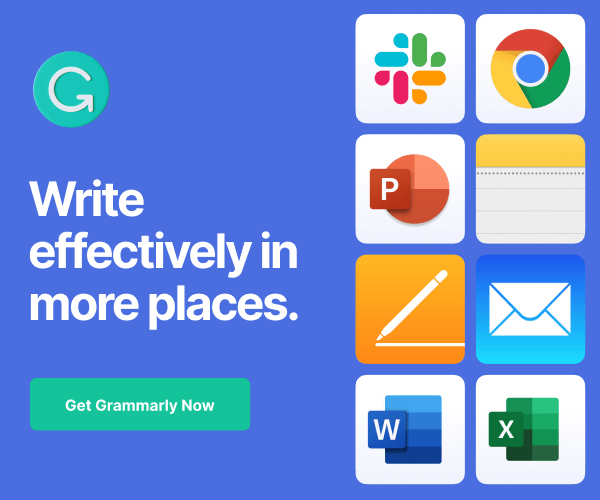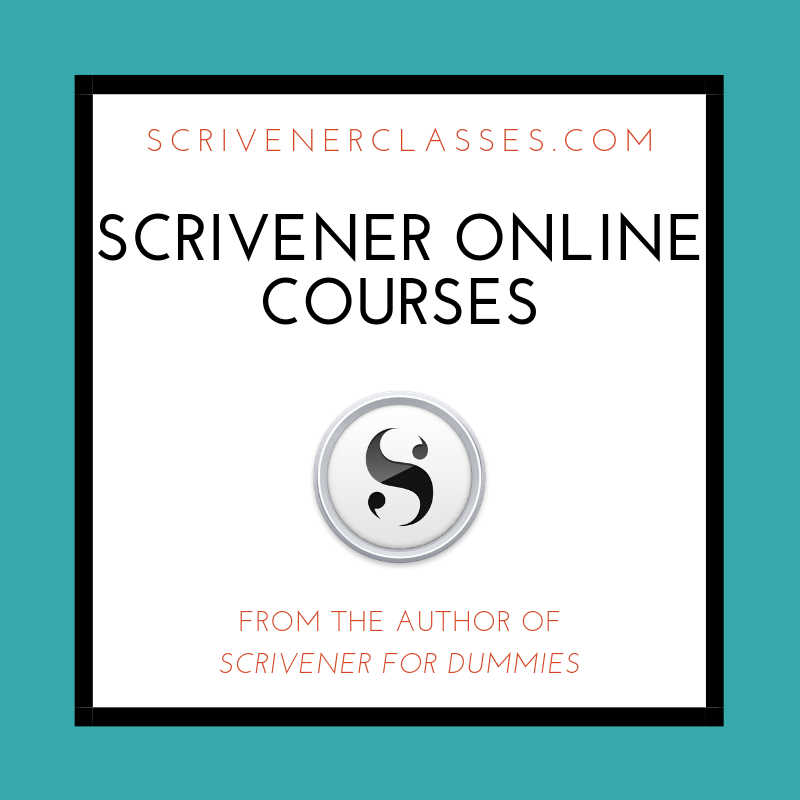To take your blog to the next level, you must focus on engaging your readers and excelling in your niche. In this article, we’ll share 5 key strategies to help you breathe new life into your blog and drive more traffic to your site. Whether you’re a seasoned blogger or just starting out, these tips will help you create content that resonates with your audience and gets shared across social media. So, get ready to take your blog to the next level with these powerful strategies!
Imagine your blog is like a sleepy little house nestled in the vast expanse of the internet. The walls are sturdy, and the foundation sound, but it feels a bit…quiet. Cobwebs of outdated posts hang in the corners, and the windows are dusty, blocking any vibrant sunlight from reaching its full potential.
But what if your blog could awaken with a joyful sigh? What if its windows sparkled, beckoning curious visitors to step inside? Picture the walls humming with fresh ideas and laughter bouncing through the virtual rooms.
That’s what we’re here for! Let’s transform your blog from a quiet house into a bustling, vibrant gathering space. We’ll dust off those cobwebs, fling open those windows, and invite the world to discover the treasures within. Get ready to breathe life into your blog!

Write for Your Readers
Dive deep into the heart of your readers. Personify your blog as a friendly conversationalist rather than a distant narrator. To truly resonate:
– Use Relatable Language: Speak to your readers as you would to a friend over coffee, using language that comforts and captivates.
– Address Reader Needs: Each post should serve as a gentle hand guiding your readers through their challenges and curiosities.
– Engage Through Interaction: Encourage comments, questions, and feedback. Interaction breeds a sense of community.

Create an Outline Before You Start Writing
An outline is your garden’s blueprint; it organizes thoughts and ensures that you cover all areas without redundancy. To build an effective outline:
– List Main Ideas: These are your cornerstones, the pillars of your post.
– Add Subpoints: Like branches on a tree, they should connect logically and fluidly to your main ideas.
– Sequence Wisely: Arrange your points to guide the reader on a journey that builds upon each previous step seamlessly.

Add Value to Your Readers by Using Numbers and Statistics
Facts and figures are the nutrients that enrich your blog’s soil. They bolster credibility and provide tangible proof to support your claims. When incorporating them:
– Be Precise: Accurate data speaks louder than general statements.
– Source Reliably: Cite sources that are reputable and authoritative.
– Visualize Data: A well-placed graph or chart can sometimes communicate what words cannot.
Make Sure Your Post Is Free From Spelling and Grammatical Errors
Your blog's credibility blooms when it's free from errors, much like a well-kept garden. Before publishing:
- Use Tools: Leverage spell checkers and grammar tools.
- Read Aloud: Listening to your words can help catch slips that your eyes might miss.
- Seek Feedback: A second pair of eyes can spot what you might have overlooked.
Concluding,
Creating a great blog post is an artful blend of preparation, personal touch, and meticulous proofreading. Whether you're planting the seed of an idea or pruning away excess words, every step is crucial. With a robust plan, a reader-focused approach, and a keen eye for detail, your blog can grow into a lush landscape that beckons readers to return time and time again.
This guide is your gardening kit, complete with tools and techniques to help your blog blossom beautifully.

What are the best sources to find reliable and authoritative data for a blog post?
When conducting research for your blog post, it's crucial to use reputable sources. Here are some reliable and authoritative places where you can find valuable data to support your content:
- Academic Research: Explore scholarly articles and studies published in academic journals. Websites like Google Scholar and ScienceDirect provide access to peer-reviewed research.
- Official Statistics: Government agencies often publish official statistics on various topics. Websites like .gov domains are reliable sources for data.
- Industry Publications: Look for industry-specific publications or reports. These often contain valuable insights and data related to your niche.
- News Websites: While news sources may be biased, credible news outlets like Bloomberg and The New York Times can provide data on current events and trends.
- Professional Associations: Check out websites of professional associations related to your field. They often publish research, reports, and data relevant to their industry.
- Market Research and Analysis Companies: Companies specializing in market research and analysis provide data on consumer behavior, market trends, and industry insights1.
Remember to cite your sources properly and give credit where it's due. External links not only add value to your content but also build trust with your readers. Happy researching! 😊
If you're experiencing writer's block, consider researching first and then building your article around the valuable stats, data, or quotes you find. It's a great way to jump-start your content creation process! 🚀
I hope you found this blog post helpful. If you did, please share it with your friends and leave a comment below. And if you want to learn more about writing, check out my other blog posts on 3D printing, affiliate marketing, and writing. Thanks for reading! 😊
Make them laugh, make them think, but above all, make them feel.
As a writer, having a tool that can assist with grammar, spelling, and punctuation can make all the difference in producing high-quality content. Grammarly AI is one of the best assets for writers because it is a comprehensive tool that offers more than just basic grammar checking.
Firstly, Grammarly AI has a user-friendly interface that allows writers to easily integrate it into their writing process. It can be downloaded as a browser extension or as a standalone app. Once installed, it automatically highlights any errors in your writing and provides suggestions for corrections.
In addition to basic grammar checking, Grammarly AI also provides advanced features such as tone detection, style suggestions, and plagiarism detection. These features help writers to improve the clarity, coherence, and overall quality of their writing.
Another advantage of Grammarly AI is its ability to learn from the user's writing style over time. By analyzing the user's writing patterns and preferences, it can offer more tailored suggestions and catch errors that are specific to the user's writing style.
Overall, Grammarly AI is an essential tool for any writer looking to produce high-quality content. Its comprehensive features, user-friendly interface, and ability to learn from the user's writing style make it one of the best assets for writers. With Grammarly AI, writers can focus on what they do best – writing – and leave the tedious task of proofreading to the AI-powered assistant.
As a wordsmith seeking to enhance your writing prowess, you'll find many remarkable writing tools and apps. Let's explore some of the best options:
- Scrivener: A beloved companion for authors, Scrivener offers a treasure trove of features. It helps you track plot threads, store character notes, structure your work, and—most importantly—get serious writing done. While it's not free, the investment is well worth it for serious writers1.
- Ulysses: If you want distraction-free writing, Ulysses is your muse. Its minimalist interface allows you to focus solely on your words. Plus, it syncs seamlessly across devices, ensuring your creativity flows wherever you are.
- iA Writer: Ideal for online writing (think Medium or WordPress), iA Writer combines simplicity with elegance. Its clean design encourages a flow state, making it a favorite among bloggers and content creators2.
- Plottr: For those who thrive on outlining, Plottr is a gem. It helps you map out your novel, organize scenes, and keep your plot threads in check. Whether you're a pantser or a plotter, Plottr has your back.
- Reedsy Book Editor: If you're working on a book, Reedsy's online editor is a fantastic choice. It's accessible collaborative, and offers a straightforward interface for drafting and editing your masterpiece.
- yWriter: Scene-based writers rejoice! yWriter lets you organize your novel into scenes, track characters, and maintain a bird's-eye view of your work. It's a powerful tool for structuring your narrative.
Remember, the best writing app is the one that aligns with your unique needs and writing style. Whether you're crafting screenplays, novels, or blog posts, these tools will be your trusty companions on your literary journey.
Happy writing! 📝✨
Kevin




